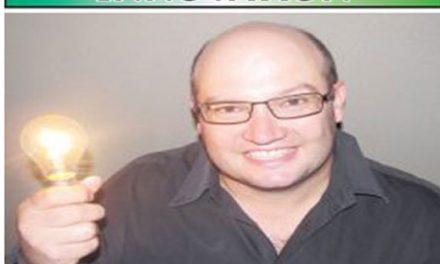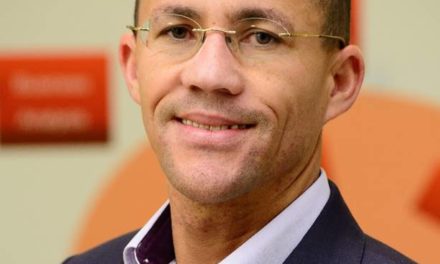
What has the Fed learnt from Quantitative Easing, does it have the tools to weather another crisis?

By Stephen S. Roach, faculty member at Yale University and former Chairman of Morgan Stanley Asia. Roach is the author of Unbalanced: The Codependency of America and China.
November 2018 marks the tenth anniversary of the US Federal Reserve’s quantitative easing programme, undoubtedly the boldest policy experiment in the history of modern central banking. So, what have we learned from it?
The first and most important lesson concerns the link between Fed policy and its twin objectives of maximum employment and price stability. Here, the verdict is mixed. While the first round of QE did arrest the financial crisis of 2009, subsequent rounds – QE2 and QE3 – were less effective at fueling growth. The Fed mistakenly believed that what worked during the crisis would work equally well afterwards.
A second lesson concerns QE’s role in inflating financial bubbles. Because the excess liquidity created by the Fed’s balance-sheet expansion spilled over into equity markets and supported the bond market, it was monetary policy – rather than economic fundamentals – that shaped asset prices. And while crisis-battered US consumers and foreign borrowers initially welcomed this formula, the Fed’s wind-down of QE appears particularly painful.
The third lesson relates to QE’s effects on income inequality. According to the Congressional Budget Office, virtually all of the growth in pre-tax household income over the QE period was in the top decile of US income distribution, where the bulk of equity holdings are concentrated. In other words, it is not a stretch to conclude that QE exacerbated America’s already severe income disparities.
Fourth, Fed purchases of government securities undermined market-based fiscal discipline. While this may matter little so long as interest rates remain low, a run-up in federal debt becomes highly problematic in a normal monetary-policy environment where interest rates will be rising.
The fifth and final lesson concerns the difference between tactics and strategy. As lender of last resort, the Fed deserves credit for halting a wrenching crisis back in 2008 and 2009. But the Fed also played a key role in setting the stage for the crisis. This raises a fundamental question: Do we want a reactive central bank that focuses on cleaning up the mess after a crisis erupts, or a pro-active central bank that leans against excesses before they spark crises? A decade of fierce debate about whether to “lean or clean” has shown that there is no easy resolution to this question.
Ten-year anniversaries are an opportunity for great reflection and accountability. We can certainly hope that circumstances will never require another unconventional policy experiment like QE. But, if a new financial crisis does erupt, it would pay to be mindful of what we have – or at least should have – learned.
Copyright: Project Syndicate, 2018.
www.project-syndicate.org













































